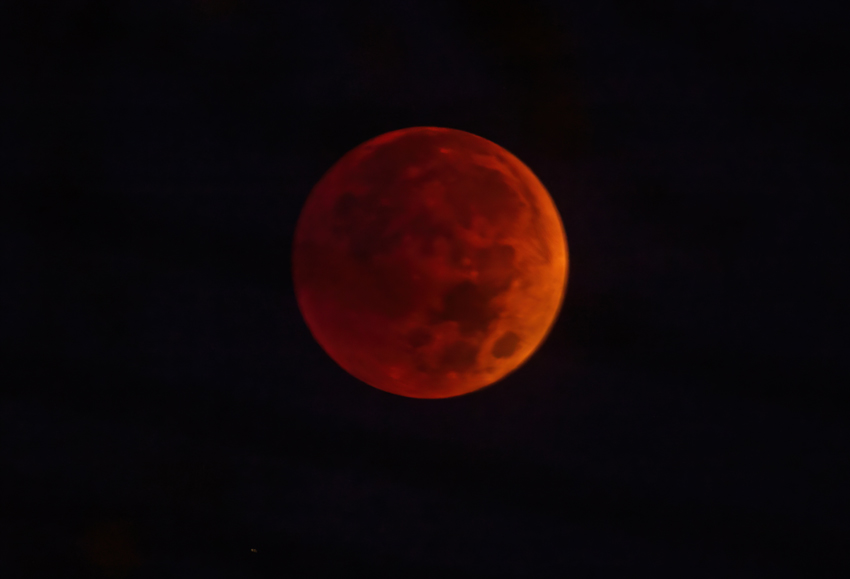Observing Reports
By Michael Amato
I bought an infra-red thermometer for a very cheap price at Harbor-Freight. This thermometer is a point and take the temperature of whatever you point it at. Several years ago, an article appeared in Sky & Telescope explaining how to use this to take the temperature of clouds, wildfire smoke and smog. Since the Sun emits infra-red radiation this infra-red scope can only be used at night. I have taken the temperature of clouds with the temperature dropping the higher the cloud is. I have recorded near zero temps of cirrus clouds and if the night is totally clear, my thermometer will not be able to record the temperature since it is far below zero above the cirrus clouds. Low clouds over my head will only a few degrees below my ground lever temperature. The same is true of smoke from wildfires out west that drift into our neck of the woods. The higher the haze form the fires is, the lower the temperature will be. Finally, you can tell how high a temperature inversion is up on a smoggy night this way also. I really enjoy my infra-red scope.
On Tuesday morning, November 8, my brother Anthony took this image of the lunar eclipse as he, our friend Joe and I observed the eclipse. This was a very dark eclipse and I rated L=1.3 on the Danjon Scale. At mid-eclipse, the moon looked dark with just the slightest hint of rust. It certainly was darker than last spring’s lunar eclipse. Even Anthony’s image was dark red. To complete our morning, we also observed the ISS pass overhead.

On December 7, as clouds started to break up, I was able to observe the close conjunction of the Moon and Mars. I had to wait for holes in the clouds in order to see this. With my 10X50 binoculars, it was a great sight!
